#deep sea fish
Text
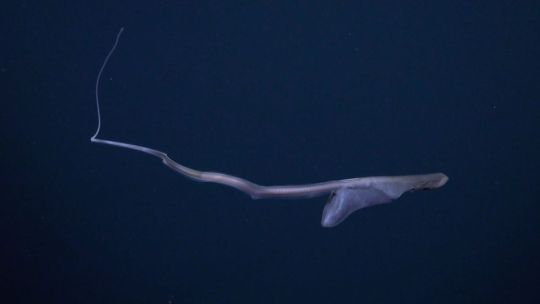
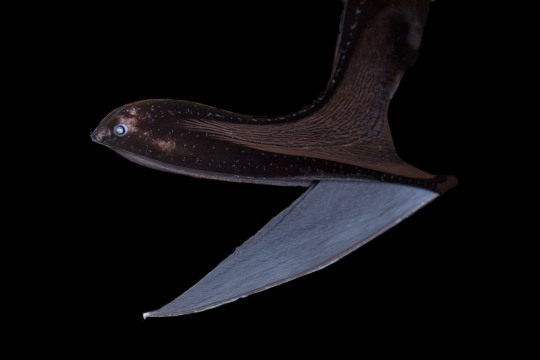
youtube
The Can-do Pelican Eel
The pelican eel, also known as the gulper eel (Eurypharynx pelecanoides), are the only known species of eel in the family Eurypharyngidae. They are found exclusively in the deeper parts of the water column, from depths of 500 up to to 3,000 m (1,600 to 9,800 ft), but are distributed throughout all the world's oceans.
The gulper eel is perhaps most famous for its unique body shape. Like many deep-sea fish, this species is highly adapted to its environment; maximum energy efficiency is the highest priority. To that end, the pelican eel has a large head, and a jaw estimated to be quarter of the total length of its body. The jaw is loosely hinged, meaning that gulper eels can open their mouths extremely wide. The rest of the eel, in contrast, is quite slender and long, about 0.75 m (2.5 ft) in length on average. Most individuals are black--so black, in fact, that they only reflect 0.5% of light; perfect for hiding from potential predators.
Although they look skinny, E. pelecanoides can expand their stomachs to hold prey much larger than themselves. Their primary prey consists of crustaceans and cephalopods, though they may feed opportunistically on other fish. Because it is so well camouflaged, it uses bioluminescent organs on the tip of its tail to attract prey. Gulper eels themselves are preyed upon by lancetfish and other larger deep-sea fish. To deter predators, they will gulp down a large amount of water; this stretches the loose skin around their head and throat, and inflates them to several times their usual size.
Because of their remote location, the breeding habits of gulper eels are relatively unknown. However, it is believed that smell plays a large part in attracting a mate, as pelican eels have highly developed olfactory organs. Like other eels, they're born as tiny, transparent larvae in a state known as the leptocephalus stage. At this stage, they do not have any red blood cells. Researchers aren't sure how long it takes gulper eels to become fully mature, or how long they live, but many believe that adults die shortly after mating.
Conservation status: The population size of E. pelecanoides has not been assessed, and thus the IUCN has not made a determination on its status. The greatest threat for this species is deep-sea trawling, which frequently brings up gulper eels as by-catch.
Photos/Video
Paul Caiger
Schmidt Ocean Institute
EV Nautilus Team (I highly recommend checking out their 2023 highlights reel!)
#pelican eel#gulper eel#Anguilliformes#Eurypharyngidae#eels#ray-finned fish#bony fish#fish#pelagic fauna#open ocean fauna#pelagic fish#deep sea#deep sea fish#Atlantic Ocean#Pacific Ocean#Indian Ocean#Arctic Ocean#Southern Ocean#animal facts#biology#zoology#ecology#marine fauna#marine fish#Youtube
86 notes
·
View notes
Text

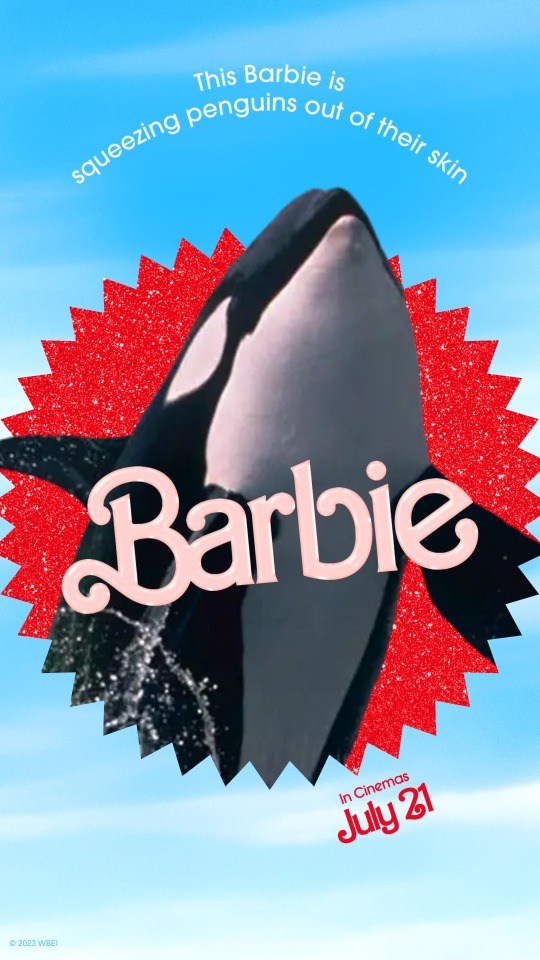


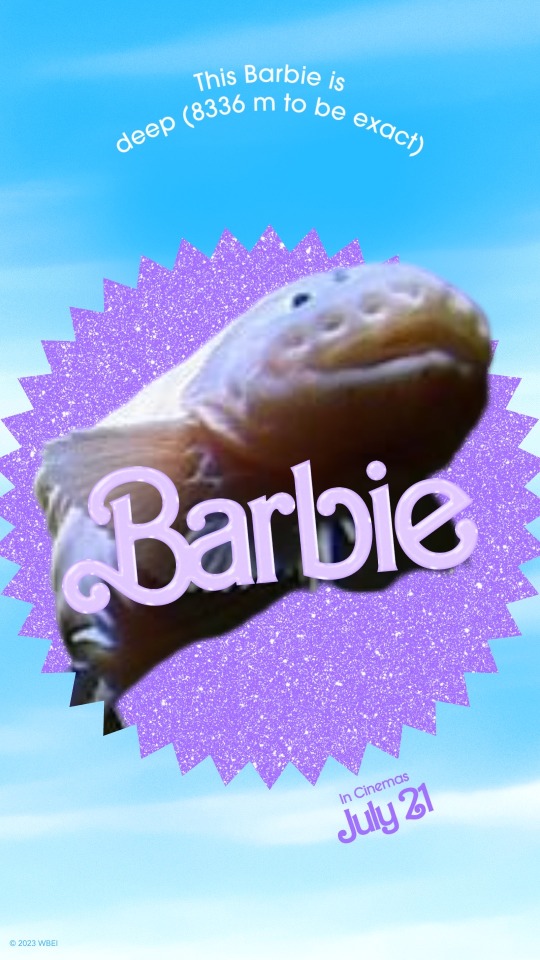
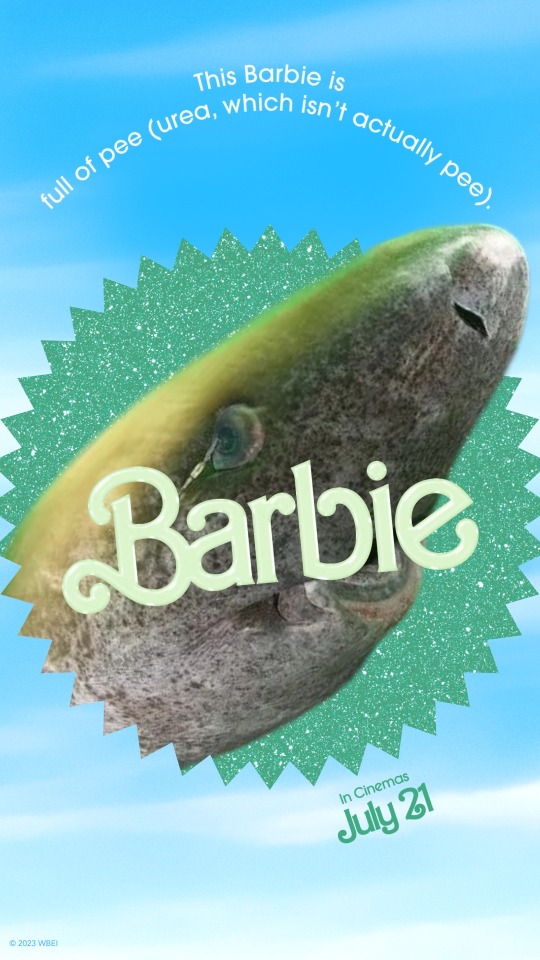


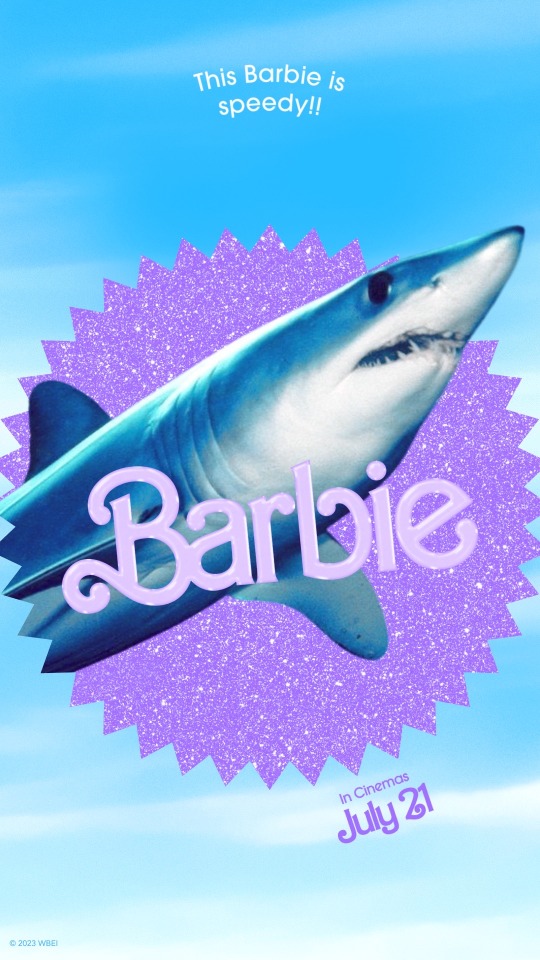

Pictured: pelagic thresher shark, orca, porbeagle shark, blue shark, snailfish, Greenland shark, rockfish, bigfin squid, mako shark, and basket star
#marine biology#marine life#sharks#sharkblr#mako shark#thresher shark#porbeagle shark#greenland shark#fishblr#basket stars#orca#bigfin squid#magnapinna squid#rockfish#snailfish#deep sea creatures#deep sea fish#deep sea#fish memes#barbie#barbie movie#the barbie movie
14K notes
·
View notes
Text
Enough depressurized blobfish. I'm here to spread living blobfish propaganda.


Look at them. Gorgeous. Wonderful. Living comfortably at depths to over 1,200 meters in the ocean. Be nice to them.
#ENOUGH OF YOUR DEAD BLOBFISH IM SICK OF IT#marine biology#Blobfish#Marine bio#Fish#Ocean#Ocean creatures#Thedeeps#Deep sea fish#Putting it in every tag I am serious I am no longer joking respect the blobfish#Sea life#sea animals#Psychrolutes marcidus
49K notes
·
View notes
Text
him: you better not be fucked up images of lantern sharks when I get there
my bathypelagic ass:
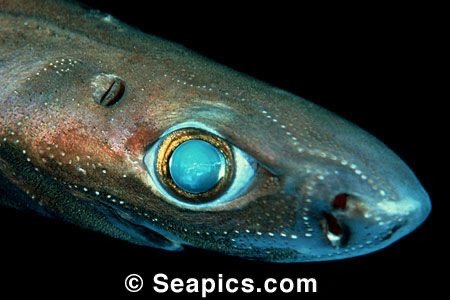
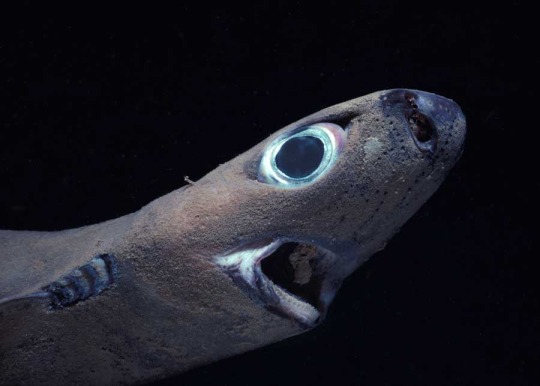
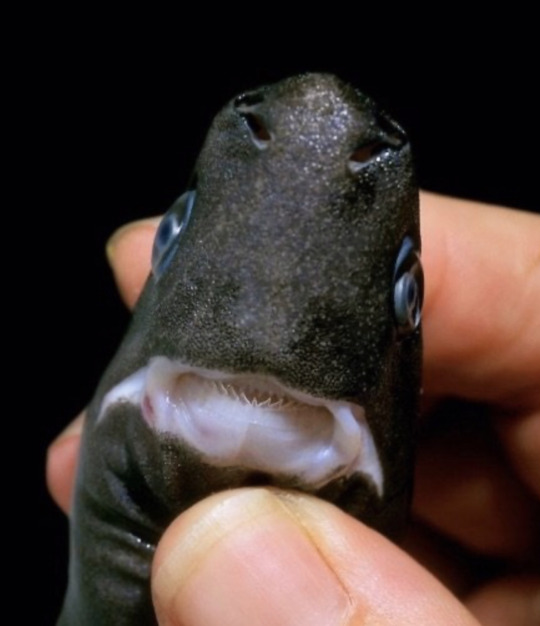

#I LOVVEEE THEM#all images of lantern sharks look compressed#or make them look like they can be bent like pipecleanrs#or just 👁️#also it’s not their fault they look a lil silly. there’s only so much u can do when photographed underwater#or are taken out of water :(#marine biology#marine bio#lantern shark#shark#deep sea#deep sea fish#shark lover#cartilaginous fish#marine bio meme#there are many advantages to being a marine biologist#there are many benefits to being a marine biologist#fish#fish memes#i love fish#nature photography#nature meme#nature#meme#special interest#post
2K notes
·
View notes
Text
Daily fish fact #712
Grideyes!
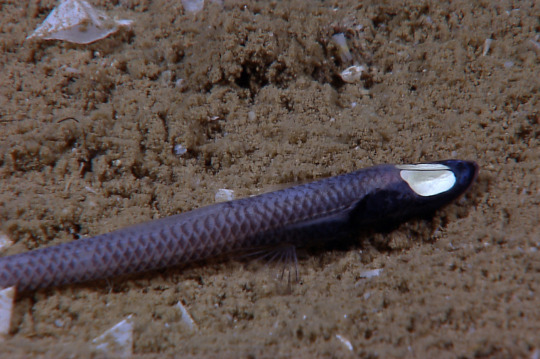
In place of eyes, the fish of this genus have large, flattened pale "plaques" on their face which sense light! One study found that larvae of these species have normal lens-having eyes, and so theorised that the developing fish go through a metamorphosis where their eyes become the plaques of adults.
#fish#fish facts#fishfact#fishblr#marine life#marine animals#marine biology#sea life#sea creatures#sea animals#deep sea life#deep sea fish#deep sea creatures#deep sea#biology#zoology#grideye
1K notes
·
View notes
Text
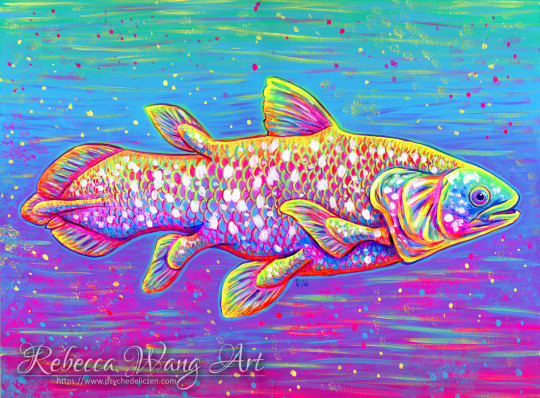
"Coelacanth - Ancient Ancestor of the Deep"
Fun fact: the coelacanth is more closely related to tetrapods (amphibians, reptiles/birds, and mammals) than to other fish.
Acrylics on 11x14 inch wood panel.
Art Prints · Redbubble · Etsy · Facebook · Instagram
#art#artists on tumblr#traditional art#rebecca wang#psychedelic zen#animal art#acrylic painting#rainbow colors#coelacanth#fish art#fish#deep sea fish#ocean wildlife#psychedelic art#rebeccawangart
1K notes
·
View notes
Text

Found Fish a new sister.
492 notes
·
View notes
Text
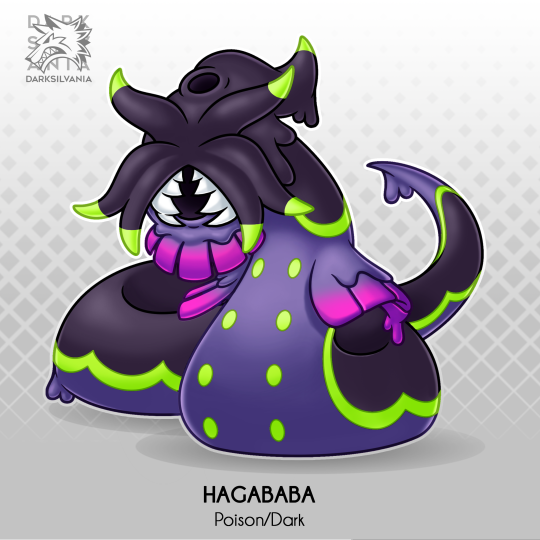
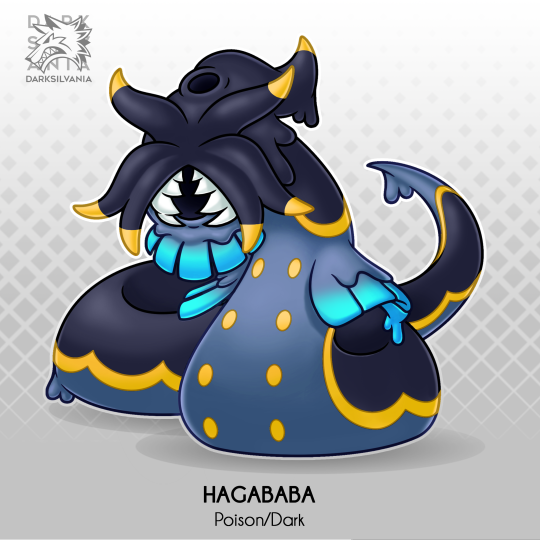


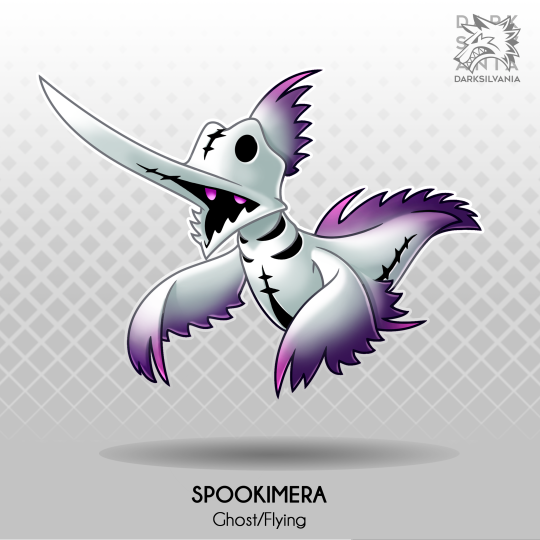


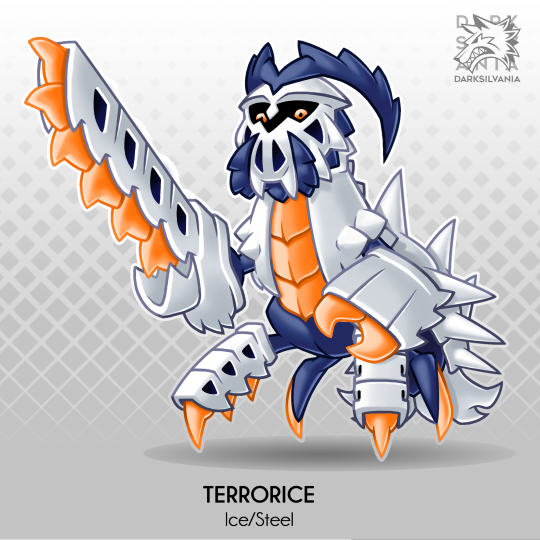

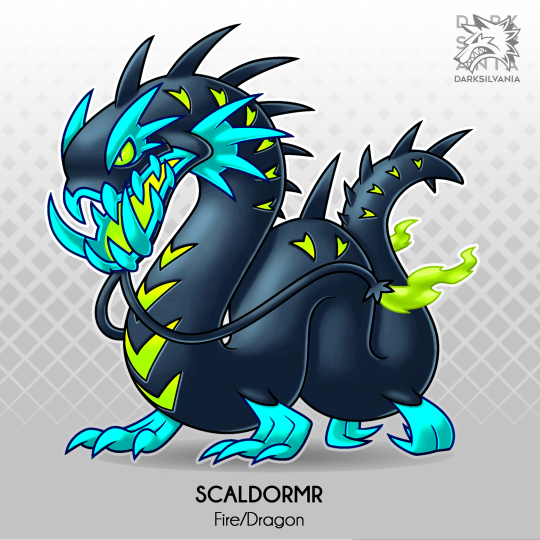
The 5 Underground Lake pokemon
HAGABABA [Hag + Baba Yaga + Baba (Slime in spanish)]
Poison/Dark
The Slimey Pokemon
Abilities: Gooey/Liquid Ooze - Corrosion (HA)
Dex: "It can only be found inside an underground lake where the water has become acidic. Its body is naturally covered by a layer of slime that protects it from the corrosivness.
It can alter the properties of the slime all over its body, making it slipery or sticky at will. It can even make it acidic and use it to attack its foes.”
Moveset:
-Slimeball:
>Poison type / pwr 110 / acc 85 / pp 5
“The user spits a large glob of acidic slime to its opponent”
>This move its also considered dark type
>This move leaves the field covered in slime that causes entry hazard, if the move is used a second time, any entering pokemon will become poisoned
-Sludge Wave
-Nasty Plot
-Acid Armor
THINKERFISK [Thinker + Inketfisk (Octopus in french)]
Psychic
The Starry-Eyed Pokemon
Abilities: Clear Body - Misty Surge (HA)
Dex: "It can only be found inside an underground lake where the water has become psychoactive due to the presence of special fungi. This has altered and greatly expanded this pokemons mind.”
Its brain is said to be in a constant altered state, thanks to this it has achieved the ability to see through time and space, past and future, and even achieve enlightment.”
Moveset:
-Psychedelia:
>Psychic type / pwr 110 / acc 85 / pp 5
“The user bombards its foe with a terrifying mental blast of changing colors and sounds.”
>This move confuses the target.
>This move reduces the target speed
-Expanding Force
-Power Gem
-Cosmic Power
SPOOKIMERA [Spooky + Chimaera]
Ghost/Flying
The Long Nose Pokemon
Abilities: Cursed Body - Perish Body (HA)
Dex: "It can only be found inside an underground lake where the water has lost all oxygen, making it impossible for anything to live in it.
This pokemon are the spirits of the fishes that used to live inside the lake before it became inhospitable, now they remain trapped in it, wearing their old skins as cloaks”
Moveset:
-Breathtaker:
>Ghost type / pwr 110 / acc 85 / pp 5
“The user sucks the air from the field, making breathing harder”
>This move its also considered flying type
>fire type moves can’t be used after this move.
>fog, mist, haze or gas are removed
-Hurricane
-Ominous Wind
-Mean Look
TERRORICE [Terrorize + Ice]
Ice/Steel
The Terrible Claw Pokemon
Abilities: Ice Body - Bulletproof (HA)
Dex: "It can only be found inside an underground lake where the water reaches subzero temperatures without freezing. To withstand the cold, it covers itself with a thick ice armor, stronger than steel.
Its giant claw works just like a chainsaw, using it to cut through ice and rock when looking for food.”
Moveset:
-Chilling Chainsaw:
>Steel Type/Pwr 110/Acc 85/PP 5
“The user slashes at its opponent using its ice cold chainsaw-like claw”
>This move its also considered ice type
>If the opponent is frozen, this move deals double damage and removes the frozen condition.
-Ice Hammer
-Metal Claw
-Sword Dance
SCALDORM [Scald + Ormr (Dragon in old norse)
Fire/Dragon
The Intense Heat Pokemon
Abilities: Water Absorb - Storm Drain (HA)
Dex: "It can only be found inside an underground lake where the water reaches temperatures above the boiling point without evaporating. It withstands the immense heat thanks to its unique oily skin.
It produces an oily substance that protects its skin from the water’s heat, this same oil can be used as fuel, and will keep fire burning even underwater.”
Moveset:
-Liquid Fire*
>Fire type / pwr 110 / acc 85 / pp 5
“The user attacks with a stream of burning oil that remains on the field afterwards”
>This move may cause burning
>This move leaves a fire entry hazard on the field
>This move is super effective against water type pokemon
-Scald
-Dragon Breath
-Fire Spin


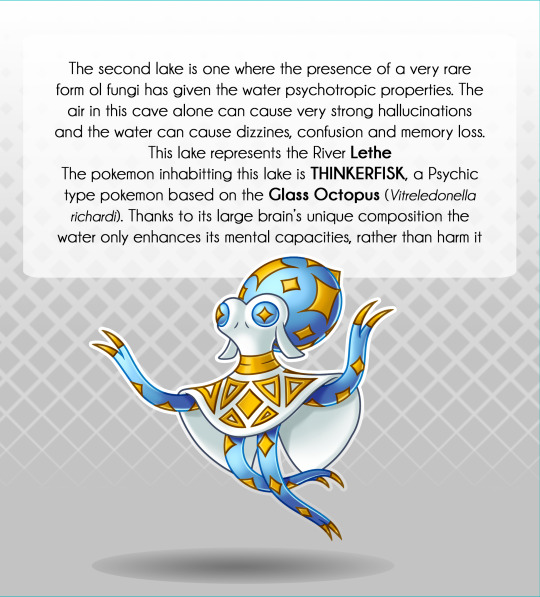
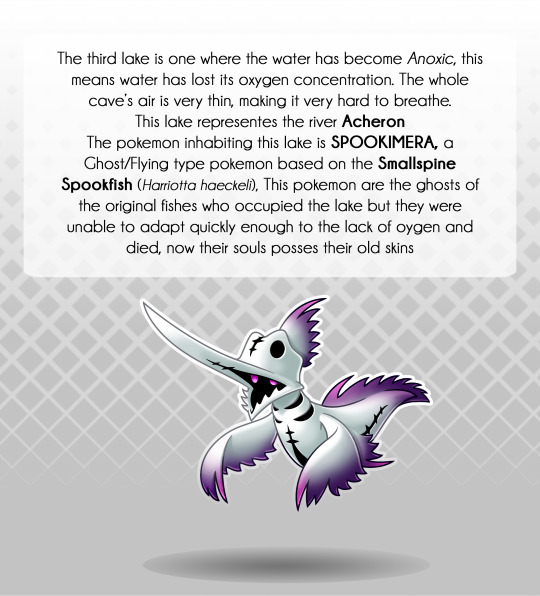

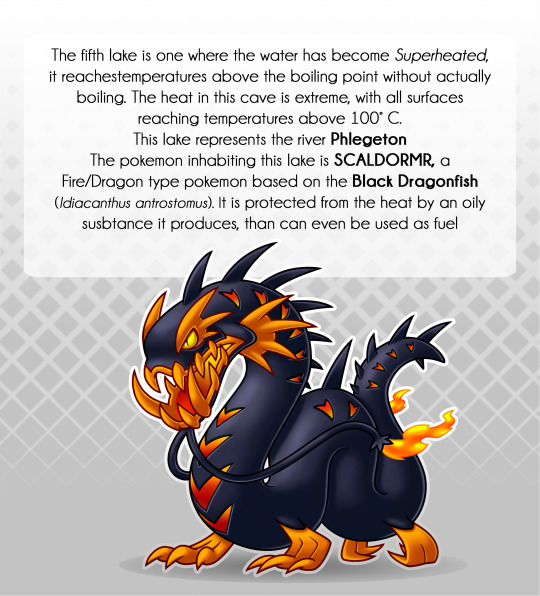

#Pokemon#fakemon#fake pokemon#deep sea#deep sea fish#greek mythology#fish pokemon#underworld#poison type#poison fakemon#fire type#fire fakemon#ghost type#ghost fakemon#ice type#ice fakemon#psychic type#psychic fakemon
604 notes
·
View notes
Text
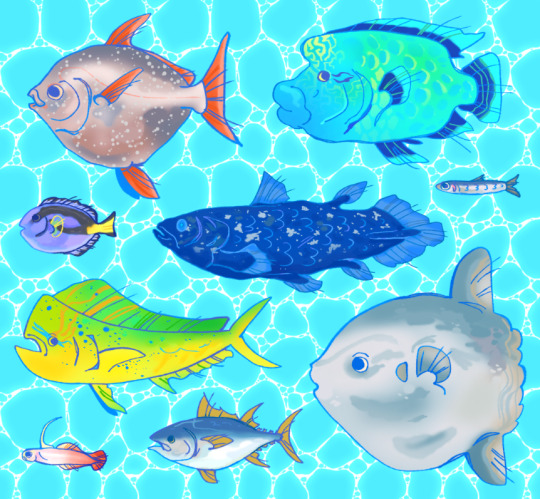
Fish !
1K notes
·
View notes
Text


aquatic animal illustrations for friends, 2
#art#artists on tumblr#mixed media#collage#acrylic painting#colored pencil#traditional art#fish#fishblr#deep sea fish#fish art#aquatic life#marine animals#marine biology#aquatic animals#wormart
607 notes
·
View notes
Text

gonna shine so bright!
[ID: a marker drawing of an angler fish with its mouth open wide, showing very sharp teeth. It's light used to catch fish is glowing, and the background has been edited to show bright light around the angler fish and dark black sea beyond the light. Text reads "Let your light shine." The artist's signature is @ watercolourcritters. End ID.]
Instagram | Etsy
#angler fish#encouragement#inspiration#marker art#fish#deep sea fish#messy encouragement cards#teeth#watercolour critters art
1K notes
·
View notes
Text


Newly hatched tripod fish, a deep sea creature also known as the abyssal spiderfish. A eurobathic species (marine life that is able to love at different depth of water), they spend most of their time perching in the ooze-ie, pelagic sediment-at the bottom of the ocean with its elongated fins. The babies, however, are born near the surface of the ocean.
🫧 High_seas_science on IG
854 notes
·
View notes
Text
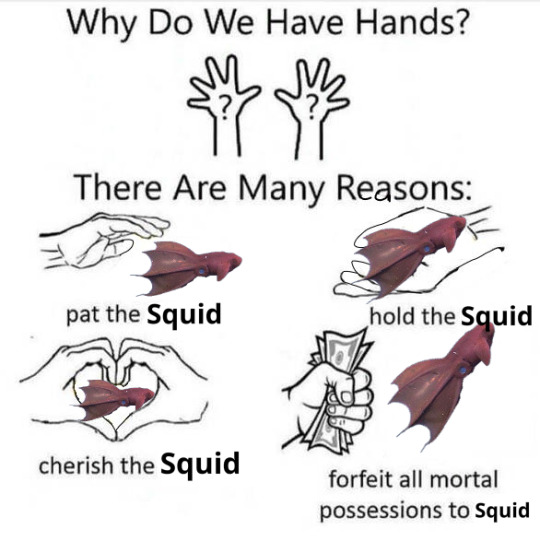
1K notes
·
View notes
Text


Most sharks are negatively buoyant, meaning they naturally sink in water. However, in 2015, two deep sea sharks - the bluntnose sixgill shark (top) and the prickly shark (bottom) - were discovered to be positively buoyant, meaning they naturally float in water.
This could have one of two purposes: aiding stealth hunting by enabling them to ambush prey from below by motionlessly rising towards them; or for migrating to warmer waters closer to the surface at night to warm up the muscles (to then actively swim back down to colder waters during the day).
#marine animals#marine biology#shark#sharks#shark facts#fish facts#sharkblr#fish#fun facts#science#deep sea#bluntnose sixgill shark#prickly shark#deep sea fish
314 notes
·
View notes
Text
🐠 Daily Fish Fact: 🐠
The Oarfish is the longest bony fish alive, growing up to 56ft in length. Their rarity and large size, along with occasional beachings of oarfish after storms, and their habit of lingering at the surface when sick or dying, make oarfish a probable source of many sea serpent tales.
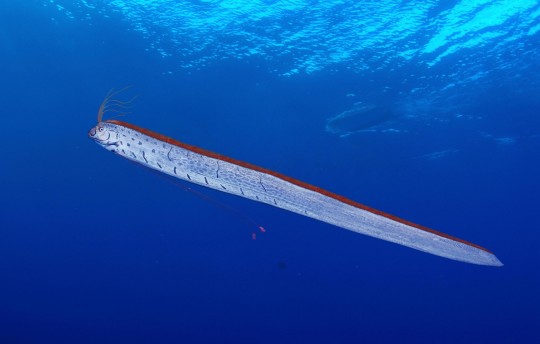
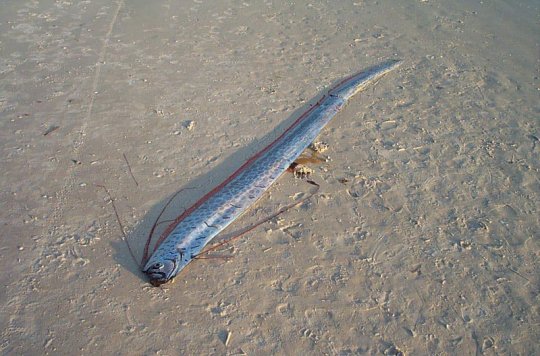
#oarfish#sea serpent?#long boi#rare fish#fish#ocean#marine#ocean life#marine life#marine animals#ocean animal#marine biology#respect the locals#fish facts#daily fish fact#daily fish#fish post#shark blog#deep sea#deep sea fish
302 notes
·
View notes
Text
Daily fish fact #463
Tube-eye!
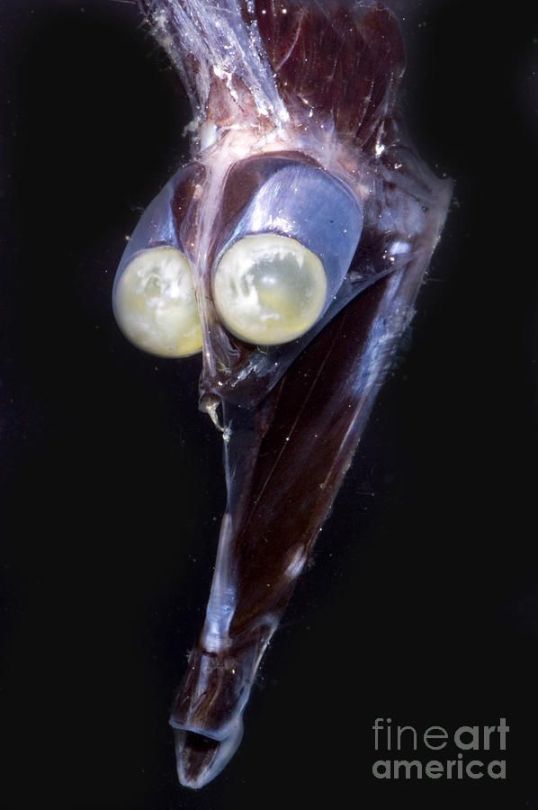
Also called a thread-tail; they’re deep sea fish that suck in very small prey through their tubular mouth! They can expand their mouth several times larger than normal, causing a vacuum that sucks in anything small enough to fit in their mouth.
#fish#fishfact#fish facts#fishblr#marine biology#marine life#marine animals#sea creatures#sea life#sea animals#deep sea life#deep sea fish#deep sea#deep sea creatures#biology#zoology#tube-eye#thread-tail
2K notes
·
View notes